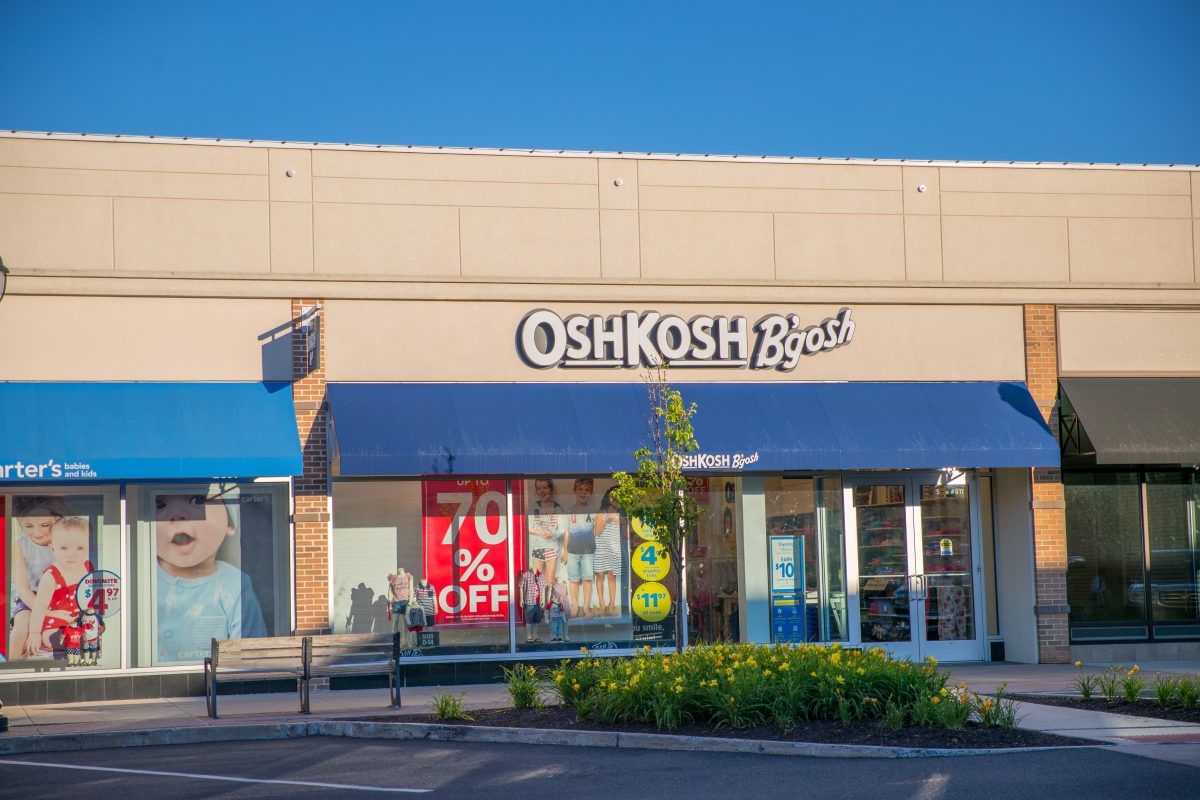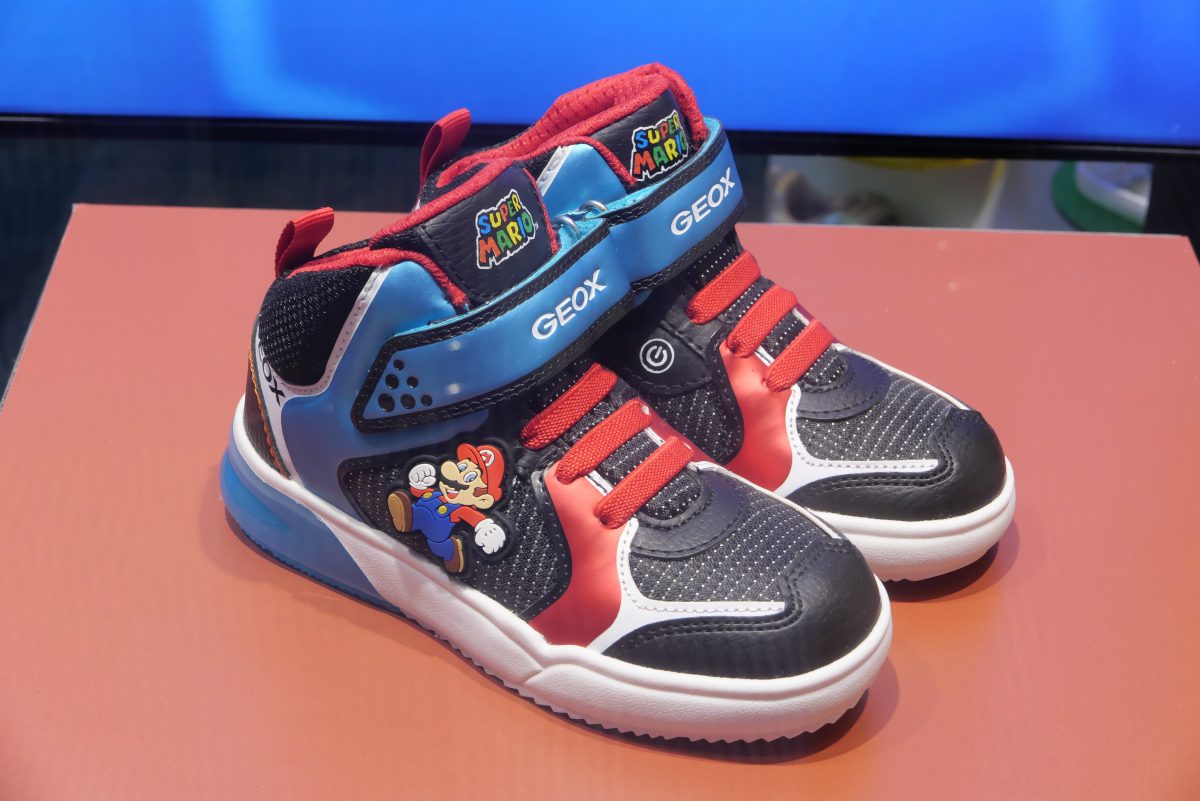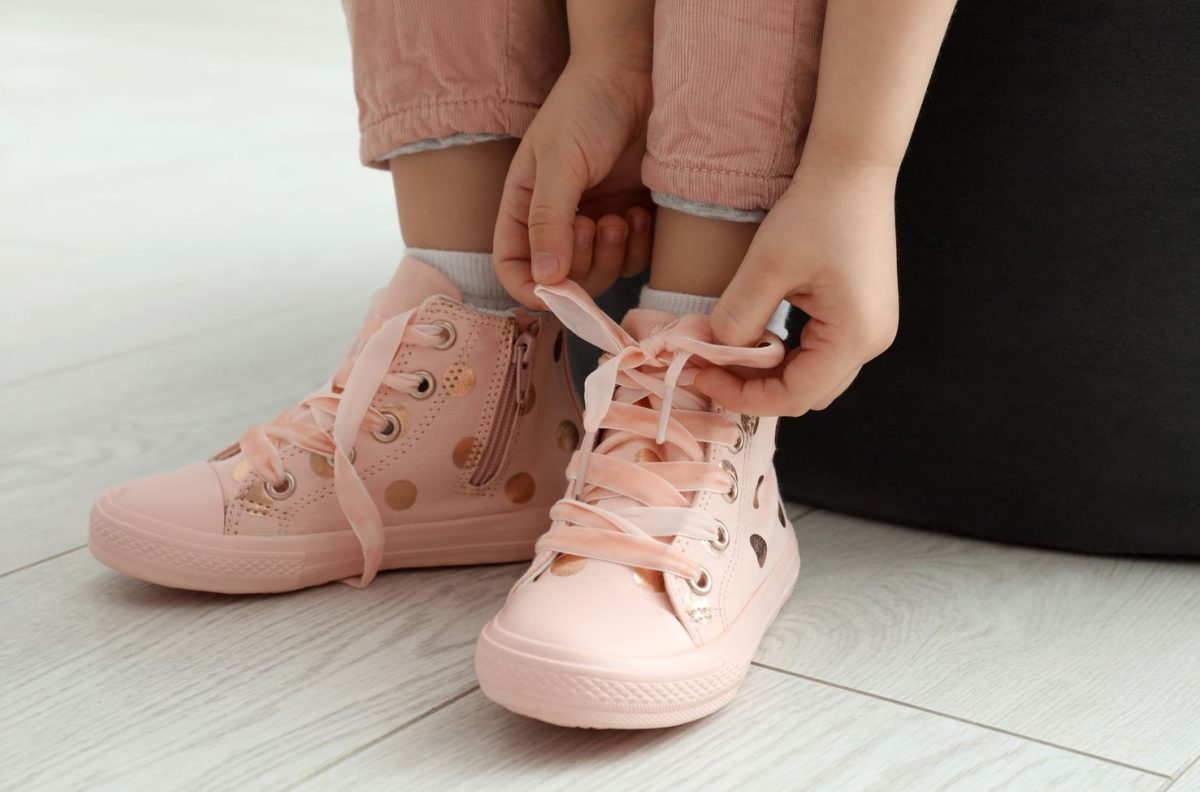You might have encountered the abbreviation “PS” in the product descriptions or labeling when shopping for shoes. But what does PS mean in shoes, exactly? This is a common question among many shoe buyers, especially those who need to become more familiar with the shoe industry’s jargon.
Understanding the meaning of PS in shoes is important if you want to buy the right shoe size for your child or a young family member. This prevents you from buying shoes that are either too big or too tiny for their feet, which may be unpleasant and even dangerous to their developing feet.
In this article, we’ll delve deeper into what PS means in shoes, what size range it covers, and how you can use this information to make informed decisions when shopping for shoes for preschoolers.
What Does PS Mean In Shoes?

In shoes, “PS” typically stands for “Preschool.” This refers to a specific size range designed to fit young children between three and seven years old. PS shoes are specifically created for preschoolers who have outgrown toddler shoe sizes and need a more structured and supportive shoe.
The PS size range for shoes typically starts at size 10.5 and goes up to size 3 for both boys and girls. This size range varies slightly between different shoe brands, but it generally covers the same age group and foot size range.
It’s important to note that PS shoes differ from the sizes in the toddler shoe range. Toddler shoes are typically designed for children between the ages of one and three and come in smaller sizes than PS shoes. Once children outgrow toddler sizes, they move into the PS shoe range.
When shopping for PS shoes, measuring your child’s feet and selecting the appropriate shoe size is essential. Purchasing shoes that are too small or too big can lead to discomfort and even cause foot problems later in life. It’s also crucial to take into account the design and functional aspects of the shoes, including their construction, amount of support, and durability of the sole.
In summary, PS stands for “Preschool” in the context of shoes and refers to a size range specifically designed for young children between the ages of three to seven years old. Shopping for the right size and style of PS shoes is important to ensure the comfort and health of your child’s growing feet.
Read more : What Does GS Mean In Shoes? in here
PS Shoe Size Chart for Boys and Girls

Shoe size charts vary slightly between brands and regions. However, I can provide you with a general PS shoe size chart commonly used in the United States:
| US Size | EU Size | UK Size | Inches | Centimeters |
| 10.5C | 27 | 9.5 | 6.5 | 16.5 |
| 11C | 28 | 10 | 6.625 | 16.8 |
| 11.5C | 29 | 10.5 | 6.75 | 17.1 |
| 12C | 30 | 11 | 7 | 17.8 |
| 12.5C | 30.5 | 11.5 | 7.125 | 18.1 |
| 13C | 31 | 12 | 7.25 | 18.4 |
| 13.5C | 31.5 | 12.5 | 7.5 | 19.1 |
| 1Y | 32 | 13 | 7.625 | 19.4 |
| 1.5Y | 33 | 14 | 7.75 | 19.7 |
| 2Y | 33.5 | 1 | 8 | 20.3 |
| 2.5Y | 34 | 1.5 | 8.125 | 20.6 |
| 3Y | 35 | 2 | 8.25 | 21 |
This chart can be a general guide when shopping for PS shoes. However, it’s always a good idea to measure your child’s feet and refer to the size chart provided by the specific shoe brand you’re interested in to ensure a proper fit.
Find more Cienta Shoes Size Chart in this post
How to Measure the Foot Size of Your Child?
As children grow, it is important to ensure that their shoes fit properly to maintain healthy foot development and prevent discomfort or injury. However, children’s feet can grow rapidly and vary in size and shape, challenging finding the right size.
Measuring your child’s feet is crucial to getting the right fit. In this guide, we will provide you with step-by-step instructions on measuring your child’s feet accurately and easily, so you can find the right shoes to keep your child’s feet happy and healthy.
Step 1: Prepare for the measurement
Find a flat, stable surface to measure your child’s feet, such as a hard floor or table. A sheet of paper, a pencil or pen, and a ruler or measuring tape are other items you’ll need.
Step 2: Have your child stand up straight
Please have your child stand up straight with their heel against a wall or vertical surface. Their weight should be equally distributed, and their feet should lie level on the ground.
Step 3: Measure the length of their foot
Place the paper on the floor and have your child stand on it with their heel against the wall. Make a mark at the tip of their longest toe using a pencil or pen. Repeat this process for the other foot.
Step 4: Measure the width of their foot
Using the measuring tape or ruler, measure the widest part of your child’s foot, usually at the ball of the foot. Measure both feet and use the larger measurement as the reference.
Step 5: Compare the measurements to a size chart
Using the measurements you obtained, compare them to the PS shoe size chart to determine the appropriate shoe size for your child. Remember to consider the brand’s specific size chart and the style of the shoe.
Step 6: Test the fit of the shoes
Once you’ve purchased the shoes, have your child try them on and test the fit. Check that there is enough room for their toes to move and wiggle but not too much space that the shoe slips off their heel or feels loose. The shoe should feel snug and supportive without being too tight or uncomfortable.
In summary, measuring your child’s feet is important when shopping for PS shoes. You can make sure you select the appropriate shoe size for your child by following these easy steps, which may help minimize pain and encourage healthy foot development.
How Frequently Should You Change Your Kids’ Shoes?

As children grow, their feet constantly change, and it’s important to ensure they have properly fitting shoes to promote healthy child’s foot development. Here is a detailed explanation of how often you should replace your child’s shoes:
Check the fit regularly.
It’s important to regularly check the fit of your child’s shoes to ensure they are enough and tight enough. Generally, you should check their shoe size every 3-4 months for children under three and every 4-6 months for children aged 3-10. You should also check the fit whenever your child complains of foot pain or discomfort.
Look for signs of wear and tear
Inspect your child’s shoes regularly for signs of wear and tear, such as worn-out soles, holes in the shoe’s upper part, or a flattened outsole. It’s time to swap out the shoes if you detect any of these symptoms.
Consider the activity level
If your child is active or plays sports, their shoes may wear out faster and must be replaced more frequently. High-impact activities like running and jumping can put extra stress on shoes, leading to faster wear and tear.
Take into account growth spurts
Children’s feet can grow quickly, especially during growth spurts. You should check your child’s shoe size every time you purchase new shoes, even if it has been a short time since their last pair.
Follow the manufacturer’s recommendations
Some shoe manufacturers recommend when to replace their shoes based on factors like the type of shoe and the materials used. Be sure to follow these recommendations for optimal shoe performance and longevity.
In general, you should replace your child’s shoes every 6-8 months or whenever they show signs of wear and tear, whichever comes first. By regularly checking the fit and condition of your child’s shoes, you can ensure they have properly fitting shoes that promote healthy foot development and help prevent foot pain and discomfort.
Does The Brand Of Your Child’s Shoes Matter?

In the US, the brand name alone, regardless of quality, accounts for around one-third of purchases of children’s shoes. And not just the rich youngsters are fancy sporting footwear. More and more parents are spending more money on shoes for their kids to give their kids an advantage in life.
Does your child’s shoe brand matter, then? The solution is a challenge. While selecting shoes for your children, there are a few things to consider. Comfort is typically the most important consideration. Shoes for children need to be highly supportive and comfortable.
Quality and Durability
Different shoe brands use different materials and manufacturing processes, which can impact the quality and durability of the shoes. Some brands are known for their high-quality and long-lasting shoes, while others may have lower-quality materials or construction that can lead to faster wear and tear.
Comfort and Support
Shoe brands also differ in the level of comfort and support they provide. Some brands may have specific features like arch support, cushioning, or breathable materials that can improve the shoe’s overall comfort. Brands specializing in children’s shoes may also have designs that consider the unique needs of developing feet.
Fit and Sizing
Shoe brands may also have different sizing standards and fit preferences. Some brands may run wider or narrower than others or have specific design elements that impact the fit. Choosing a brand that fits your child’s foot shape and size can help prevent discomfort or potential foot problems.
Style and Fashion

Finally, shoe brands may differ in style and fashion options, impacting your child’s personal preferences and confidence. Some brands may offer more colorful or trendy designs, while others may have more classic or conservative styles.
It’s important to note that not all shoes from a particular brand are created equal, and even within a brand, certain models may have different qualities, features, or fits. While selecting shoes for your child, it’s wise to do some research, contrast various shoe models and brands, read reviews, and keep your child’s wants and preferences in mind.
Choosing a high-quality and well-fitting shoe brand for your kids can help promote healthy foot development, prevent foot problems, and provide long-lasting comfort and support.
FAQs
What does PS stand for in shoe sizes?
PS stands for “Preschool” in shoe sizes. This size category generally refers to shoes for children aged roughly 3 to 7 years old.
Is PS the same as Toddler sizes?
No, PS sizes are not the same as Toddler sizes. Toddler sizes are typically for children aged 1-3 years old, while PS sizes are for children aged roughly 3 to 7 years old.
Are PS sizes gender-specific?
No, PS sizes are not gender-specific. They are a size category for children’s shoes that falls between Toddler and Youth sizes.
How do I convert PS sizes to regular shoe sizes?
The conversion from PS to regular shoe sizes can vary depending on the shoe brand and the specific shoe model. It’s best to consult the shoe brand’s size chart or contact their customer service for assistance with converting PS sizes to regular sizes.
What are some common shoe brands that use PS sizes?
Some common shoe brands that use PS sizes include Nike, Jordan, Adidas, and Reebok. However, not all shoe brands use the PS size category, so checking the brand’s size chart or contacting customer service for sizing information is important.
How do I know if my child needs PS-size shoes?
Your youngster may require PS-size shoes if they are between the ages of 3 and 7 years old. Measuring their feet regularly and checking the shoe brand’s size chart is important to ensure a proper fit.
Can I use PS-size shoes for my baby?
No, PS-size shoes are not recommended for babies. PS sizes are generally for children aged 3 to 7 years old, while baby shoes are typically for infants and toddlers aged 0-2. It’s important to choose shoes that are appropriate for your child’s age and developmental stage.
Are PS sizes the same across all shoe brands?
No, PS sizes may not be the same across all shoe brands. Different brands may have slightly different size ranges or fit preferences. It’s important to consult each brand’s size chart or contact customer service for sizing information before purchasing shoes.

